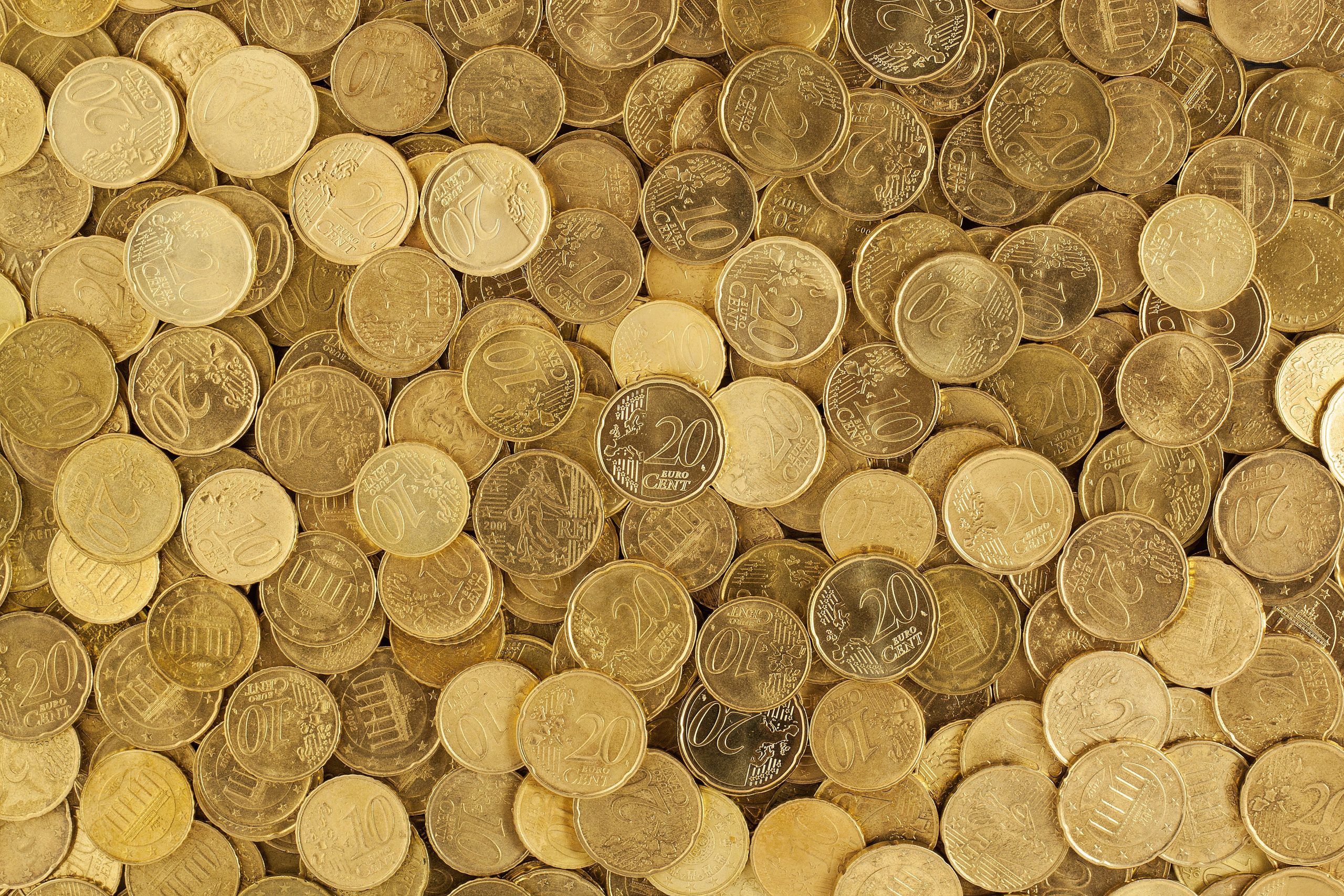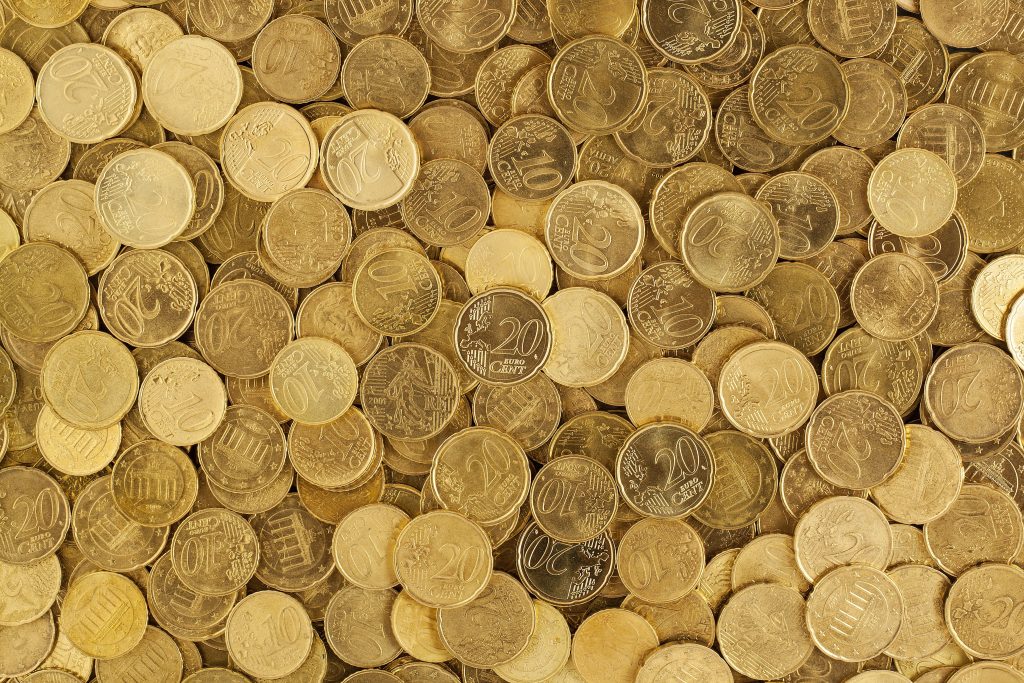
ZAGREB, June 29, 2020 – Household loans totalled HRK 133.9 billion at the end of April 2020, breaking a month on month growing streak that had continued since the start of 2018, while the annual growth continued, according to data from the Croatian National Bank (HNB).
Household loans fell by 1.1% from March 2020 and rose by 4.8% compared with April 2019. The positive annual growth rates have been present since September 2017, showing a tendency to slow in 2020.
“Considering the dented optimism, expectations and deteriorations on the labour market, as well as a greater aversion to risk, we expect credit demand to weaken in the coming months due to new developments” triggered by the coronavirus crisis, Raiffeisen Bank (RBA) says in an analysis of the HNB data.
Analysed by currency structure, the share of loans denominated in the national currency, the kuna, remained at 54.4%, the same as in March. Kuna loans totalled HRK 72.9 billion, with the annual growth rate slowing to 8.2%. This broke their double-digit annual growth rates that had continued since November 2015.
Foreign currency-pegged loans reached HRK 61 billion, up by 1% from April 2019. Most of these loans were denominated in euro, and their growth was driven by foreign exchange movements as the euro exchange rate against the kuna increased by 1.9% compared with April last year.
By type of credit, the largest share (43.7%) accounted for housing loans, totalling HRK 58.5 billion and growing at an annual rate of 7.2%. This type of credit has been on the rise since November 2017. General-purpose cash loans rose at an annual rate of 6.4% in April, compared with a growth rate of 9.1% in March.












